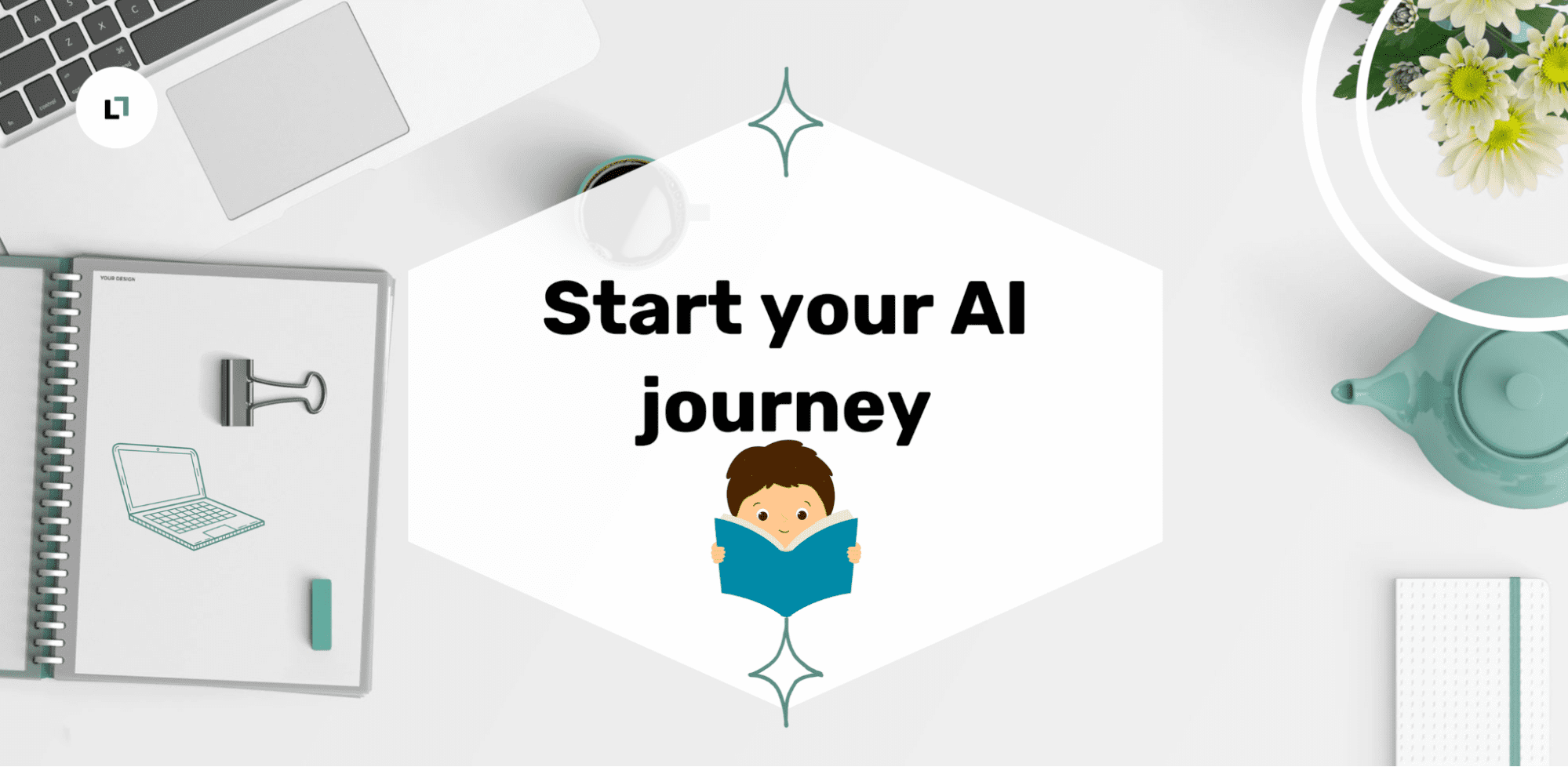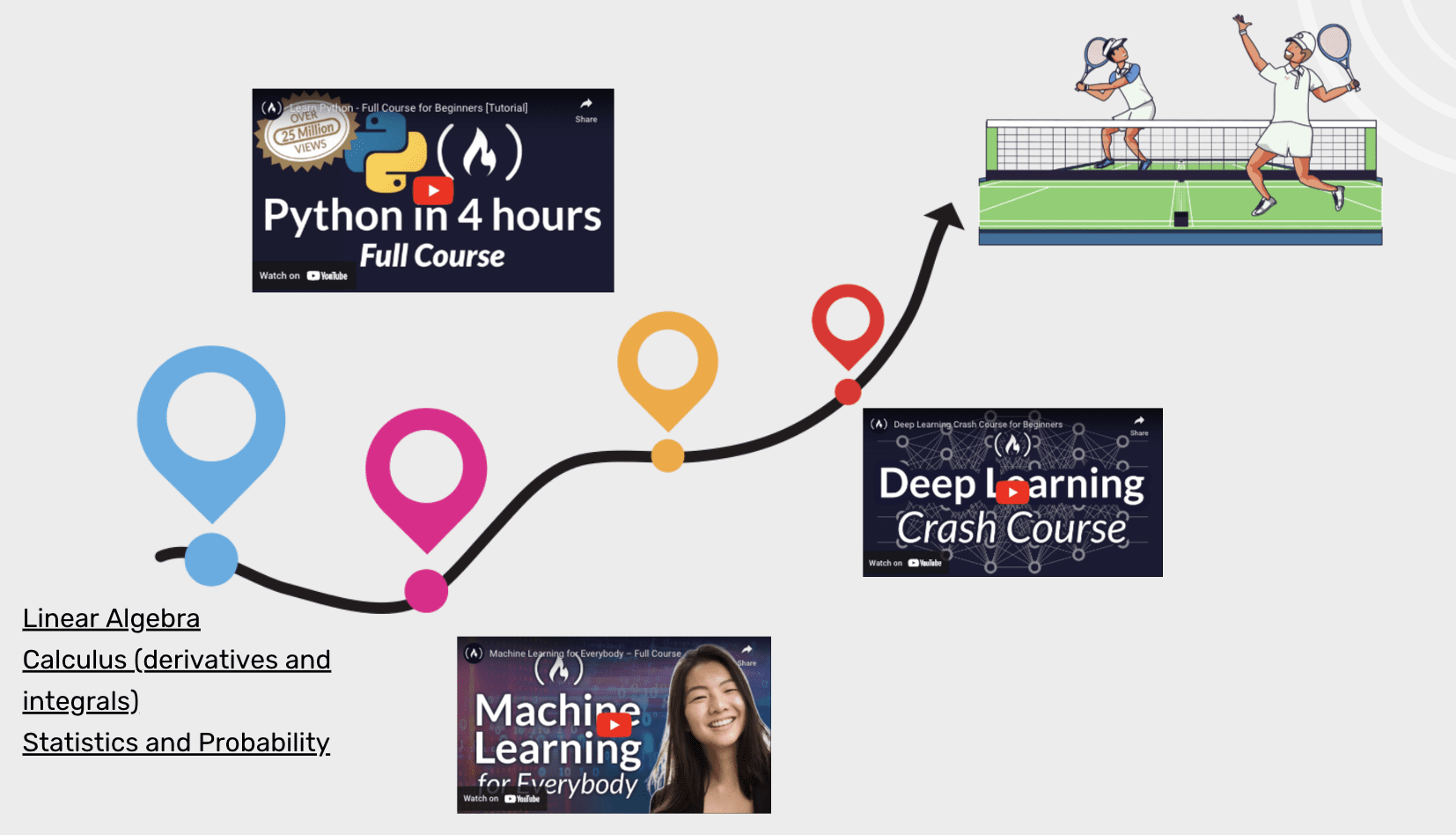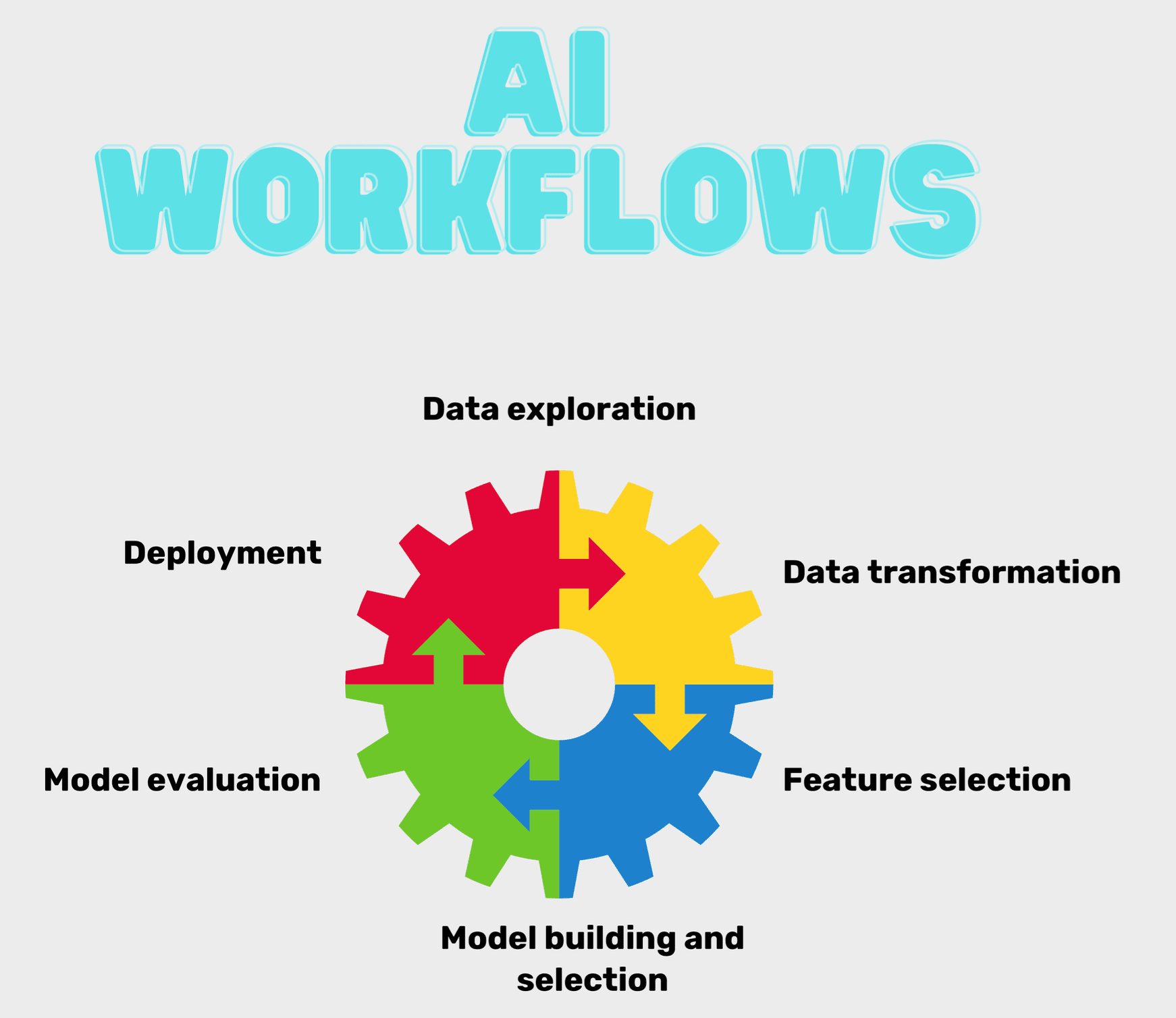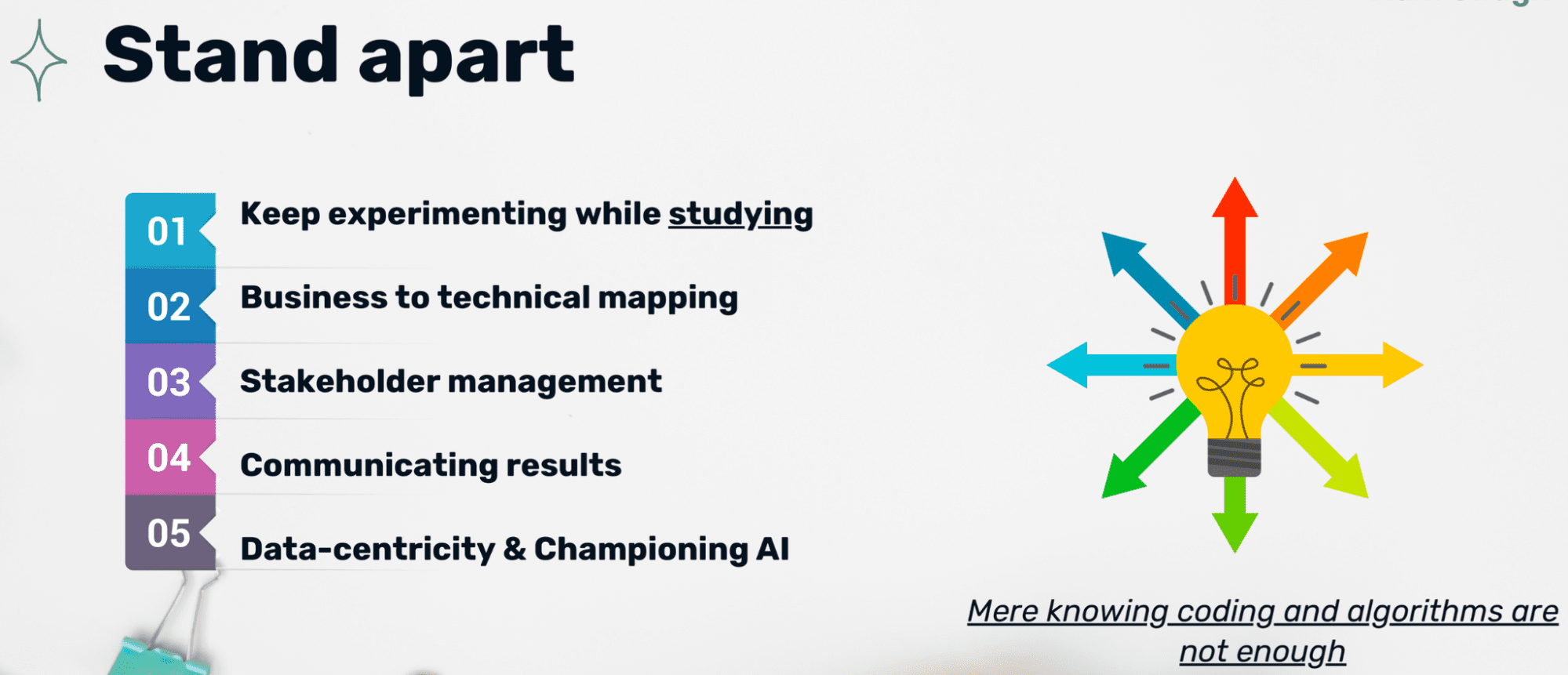How to Standout and Safeguard Your Job in the Generative AI Era
The secret recipe to excel in your career in AI.

Image by Author
Several playbooks, roadmaps, and career tracks boast of helping you land your first job in AI or make the transition into the field. However, automation that comes with AI advancements is putting a lot of jobs at risk too.
So, how do you make a career in AI, especially in today’s Generative Era?
Firstly, it is important to note that the fundamentals of AI are still very much needed to understand how algorithms work, what are the assumptions of the algorithms, how to debug them if the expected behavior deviates from the actual behavior, the difference between sample vs. population, what is the need to collect sample and the different ways of collecting it, conducting the hypothesis test, and more.
Time for Action
Great, so with this understanding of AI fundamentals and their significance, even in the GenAI era, let us quickly cover the roadmap to learning AI.
Starting with the foundational pillars of learning algorithms i.e. linear algebra, calculus, statistics, and probability, you will be equipped with understanding concepts, such as, what, why, and how of derivatives, where are they used, and what is forward and backward pass. It will also solidify your understanding of data distribution, and probability distributions, such as Gaussian, Poisson, etc.
Most of this knowledge is available for free; the recommended go-to resources are:
- 3 Brown 1 Blue YouTube channel
- Khan Academy for Statistics and Probability

Image by Author
Now, we are ready to learn machine learning concepts that would cover key algorithms including linear regression, logistic regression, decision trees, clustering, and more.
Before we proceed further, it is important to note that learning AI has become much easier in today’s times due to the democratization of education. For example, all the suggested readings in this roadmap are available for free.
In addition to developing intuition behind algorithms, learning concepts such as cost functions, regularization, optimization algorithms, and error analysis are important too.
At this time, let’s also start getting a handle on software programming. Learning to code and implement the solution enables you to get hands-on seamlessly. The 4-hour video course on Python (as shown in the roadmap image) covers the fundamentals to get you started from the get-go. Now, we are ready to learn the ropes of deep learning focusing on fundamental concepts, including layers, nodes, activation functions, backpropagation, hyperparameter tuning, etc.
Great, having learned enough, we have reached the final stage, I typically refer to as, playground. This is where you put all your knowledge to use. One excellent way to do this is through practicing and participating in Kaggle competitions. One can also find winning solutions and develop an approach to handle varied business problems.
AI Workflows
This is a typical path to learning AI, all this while one gets to internalize AI workflows that start with data exploration, i.e., dissecting data to understand patterns underneath. It is during this phase, that data scientists get to know the data transformations to prepare it for modeling purposes.

Image by Author
Feature selection and engineering are the most powerful skills of distinguished data scientists. This step, if done right, can accelerate the model’s learning process.
Now is the time every data scientist looks forward to, i.e., building models and selecting the best performing one. The definition of “best-performing” is done through evaluation metrics, which are of two types – scientific like precision, recall, and mean squared error, and the other includes business metrics like increase in clicks, conversions, or dollar value impact.
Reaching this stage while reading an article looks like an easy process, but in practice, it is an extensive process.
Differentiator
So far, we have discussed the conventional path, learning what everyone is doing. But, where is the differentiator here to stand apart in the GenAI era?
One prevalent notion learners have is to keep consuming learning content. While studying fundamentals is important, it is equally important to start practicing and experimenting to build an intuitive understanding of the learned concepts.
Also, the crucial component of building AI solutions is to know whether AI is a right fit, which includes the ability to map the business problem to the correct technical solution. If the starting step itself is done wrong, then one can not expect the implemented solution to meet business objectives in a meaningful way.

Image by Author
Further, data science is seen as more of a technical role, but in effect, its success quotient depends a lot on, the often underrated skill, that is to collaborate with the stakeholders. Ensuring bringing stakeholders from varied backgrounds and expertise onboard plays a key role.
Even if the model is showing good results, still the model may be not adopted due to a lack of clarity and ability to link those with business results. This gap can be addressed by effective communication skills.
Lastly, be the data-first in your approach to AI. The success of any AI model depends on the data. Also, find your AI champions who believe in the capabilities and possibilities of AI, while understanding the associated risks.
With these skills on your side, I wish you a stellar career in AI.
Vidhi Chugh is an AI strategist and a digital transformation leader working at the intersection of product, sciences, and engineering to build scalable machine learning systems. She is an award-winning innovation leader, an author, and an international speaker. She is on a mission to democratize machine learning and break the jargon for everyone to be a part of this transformation.
